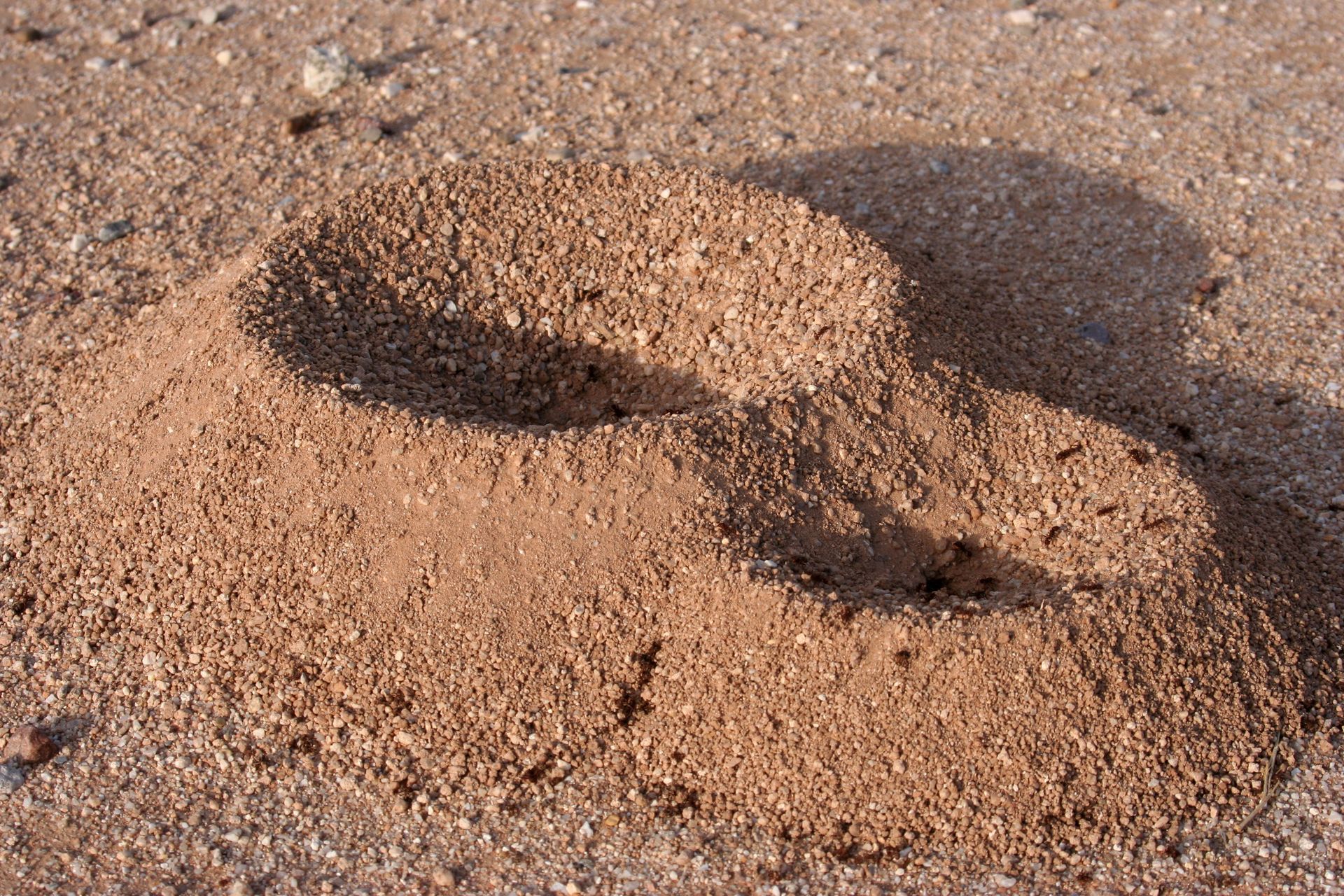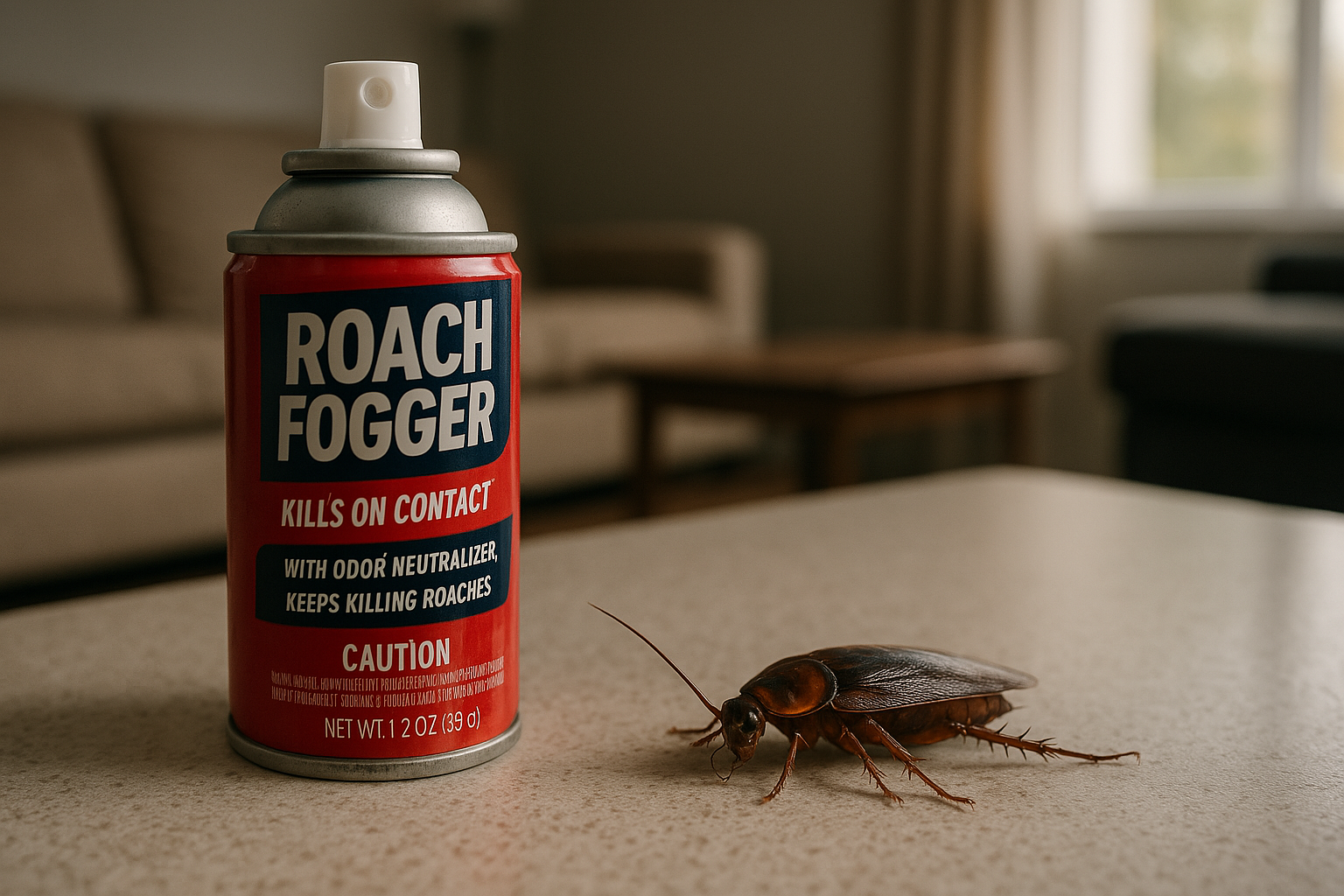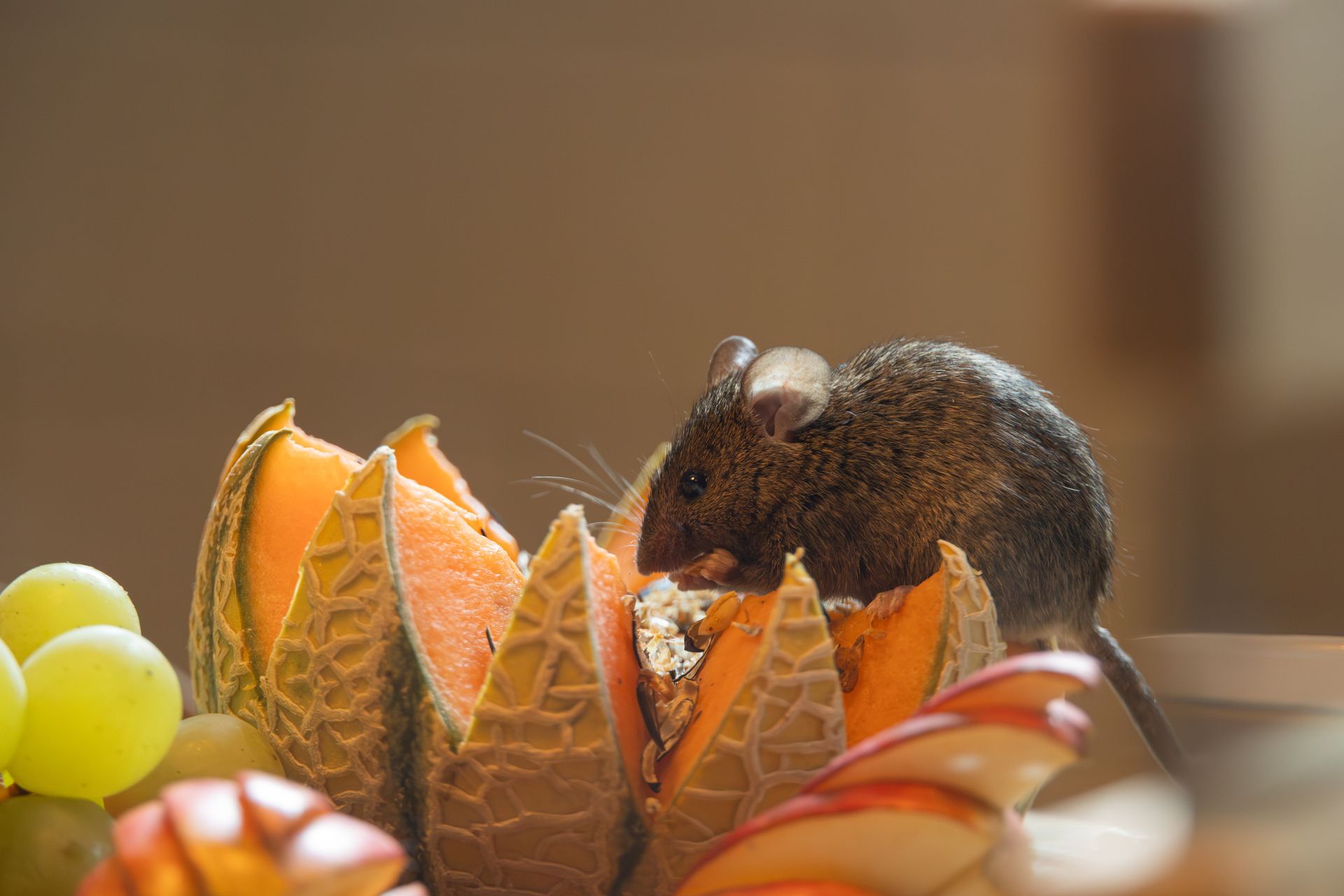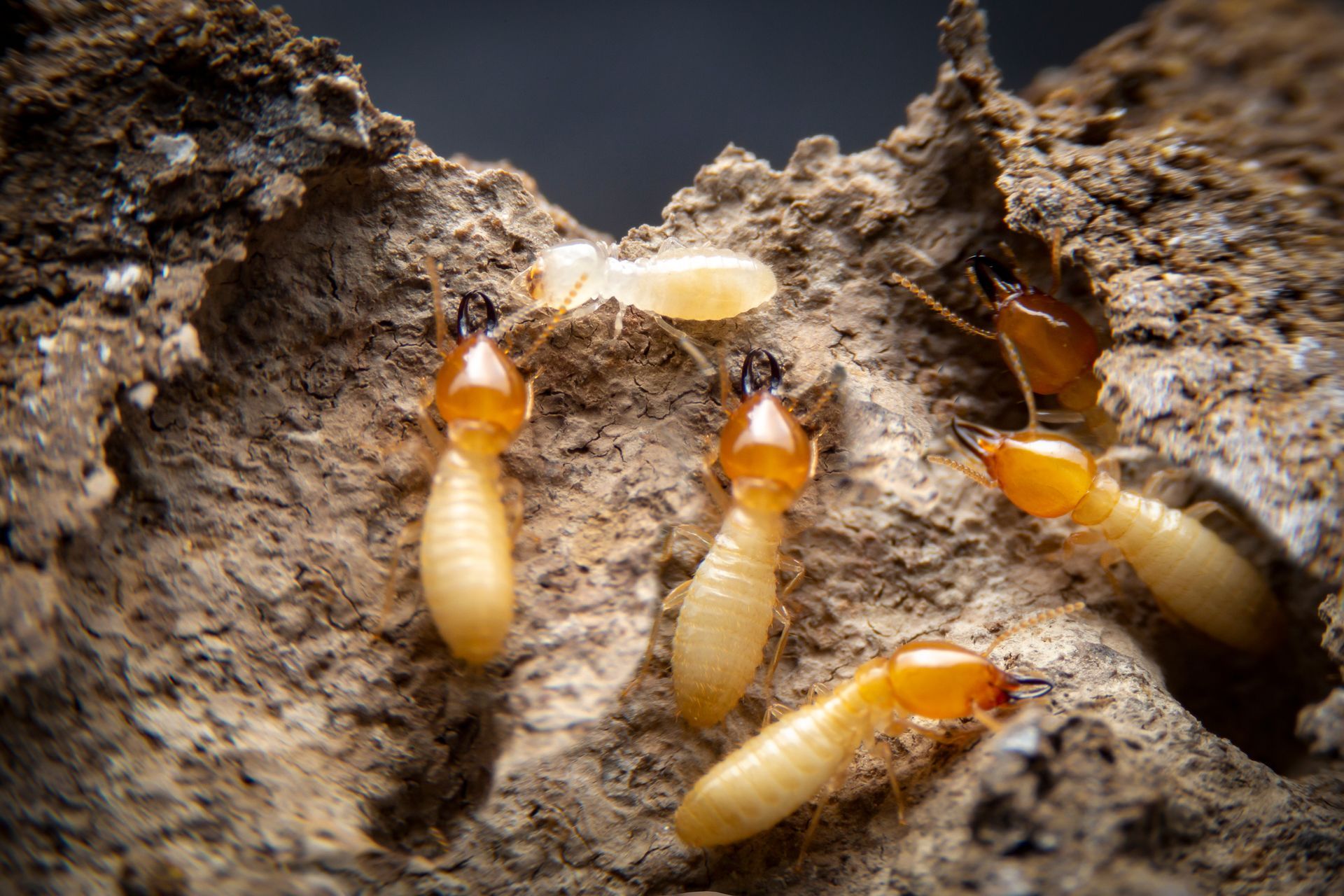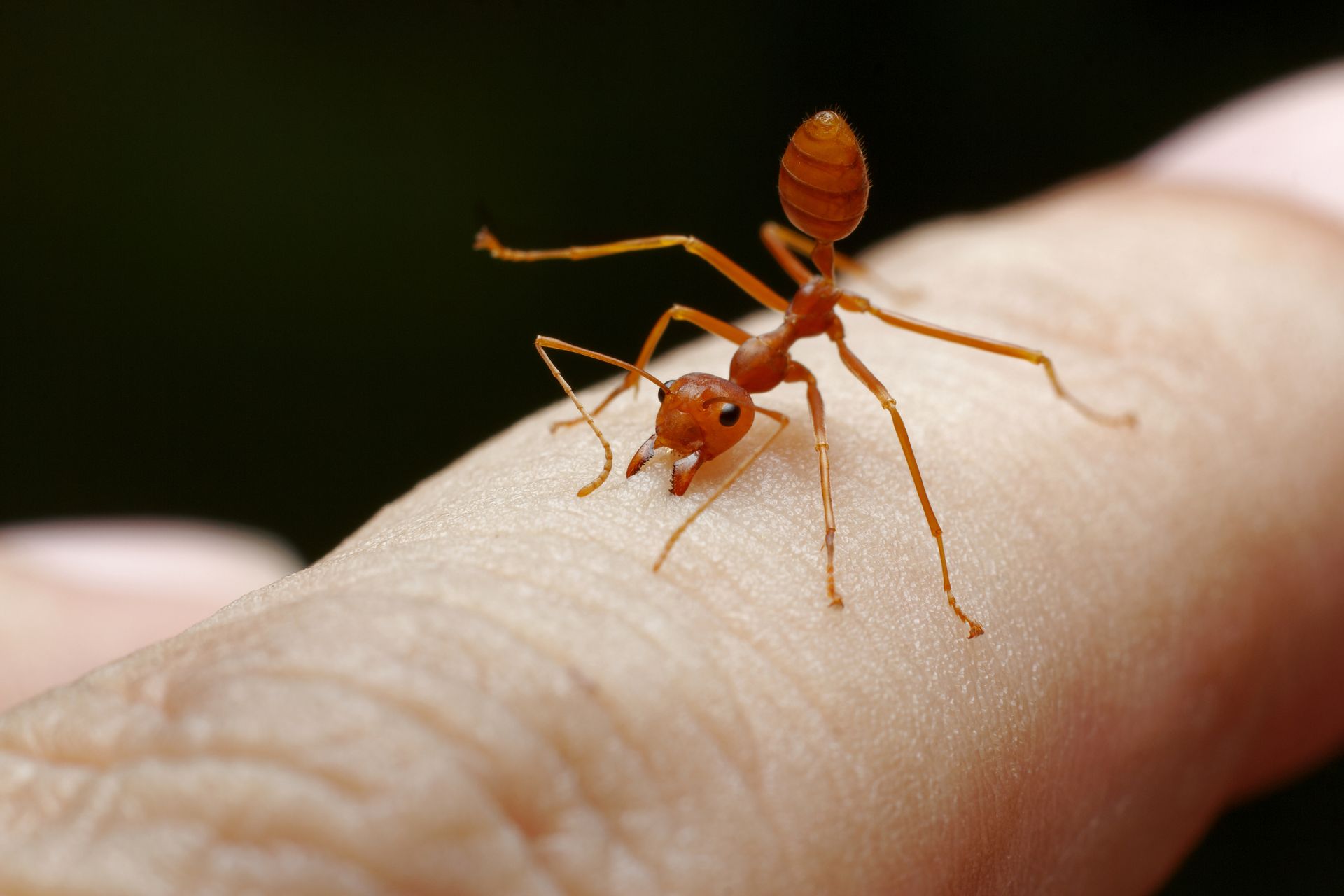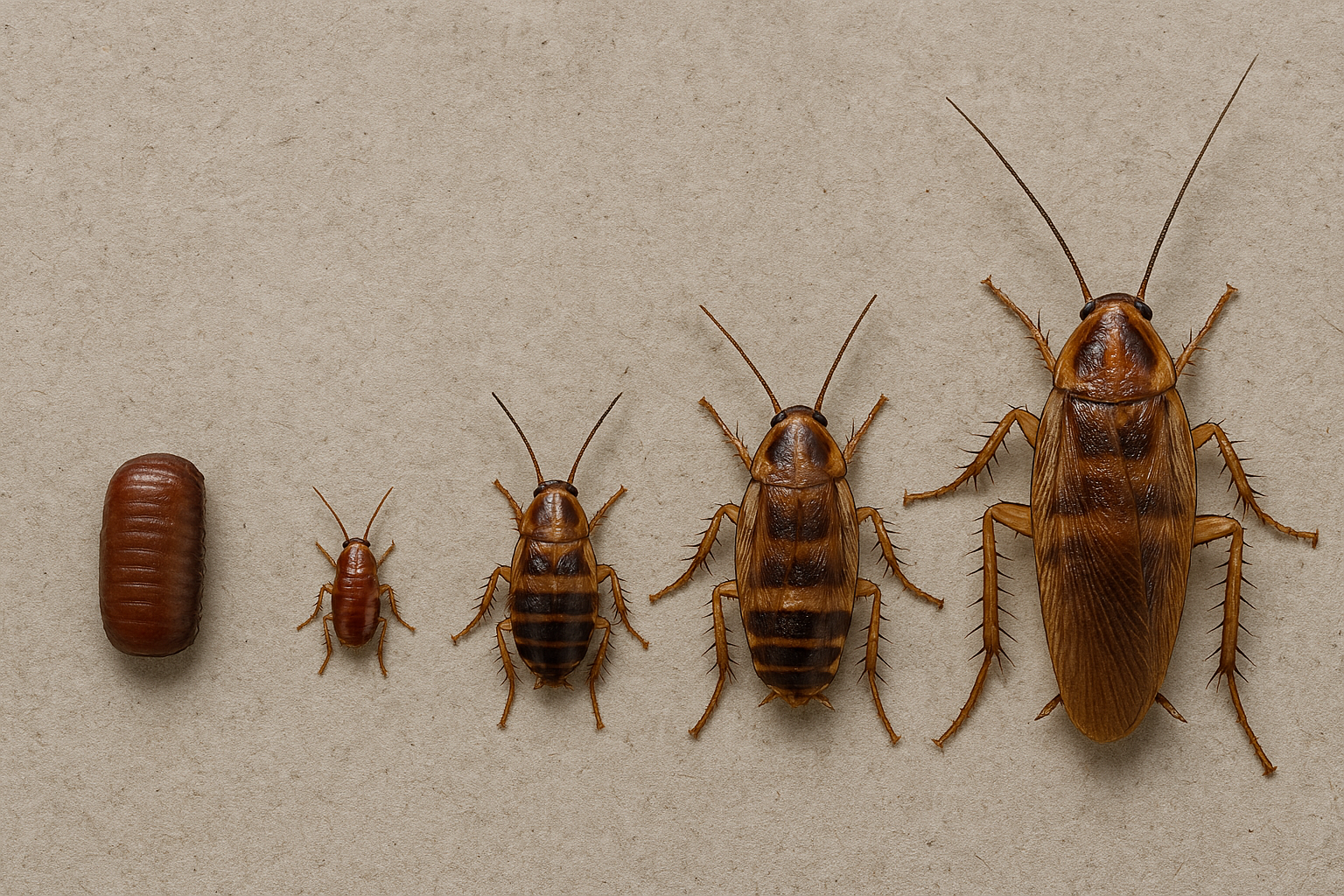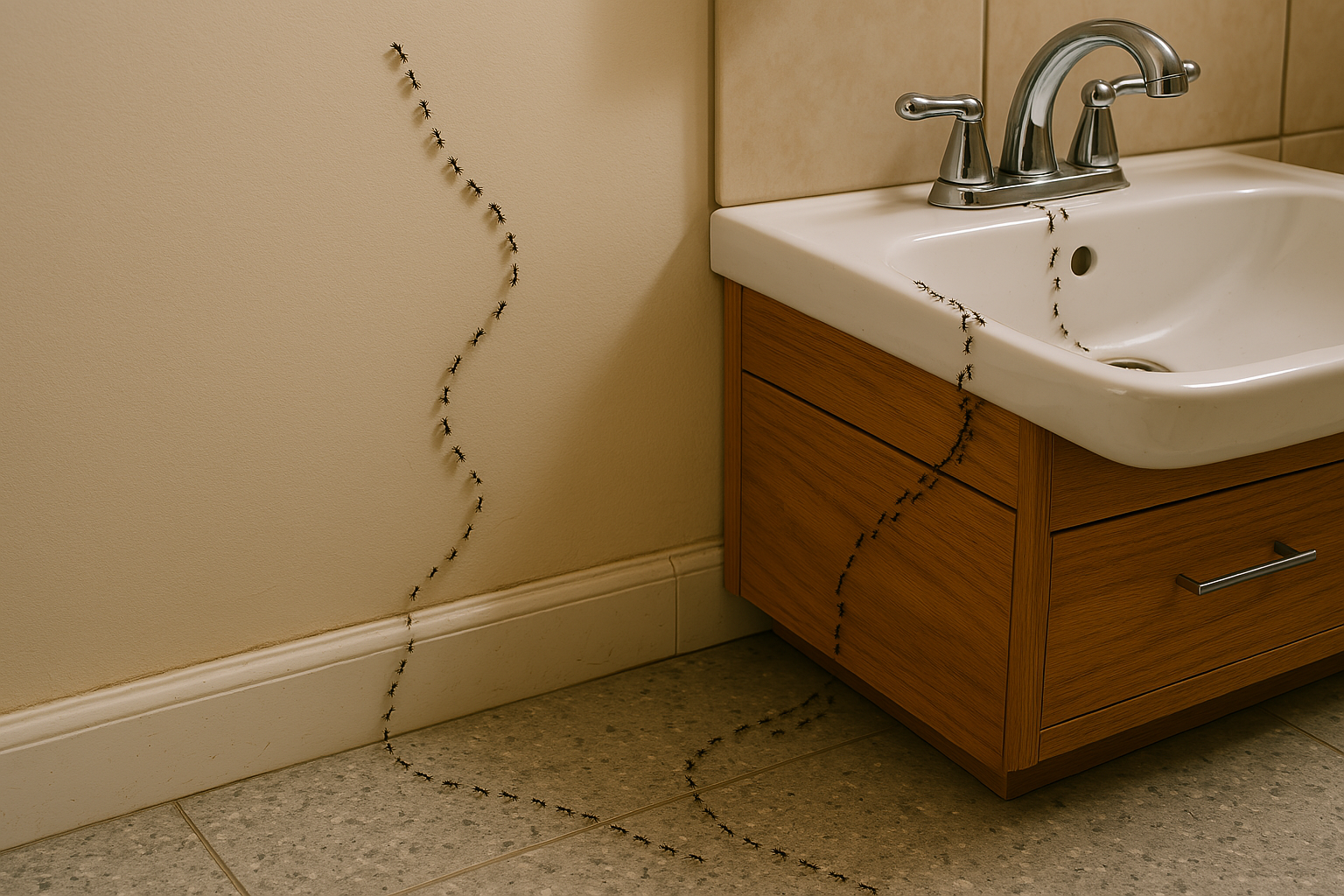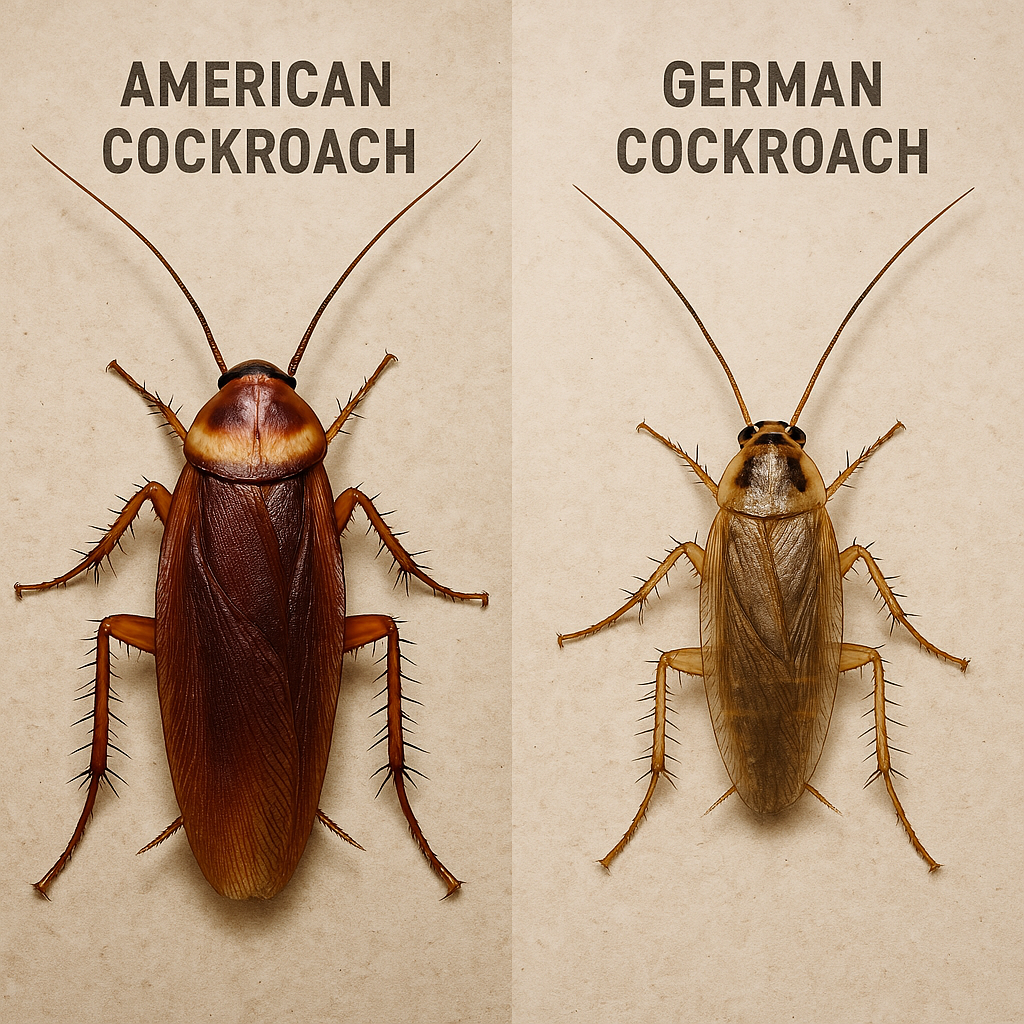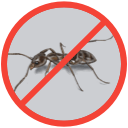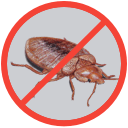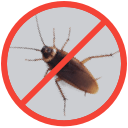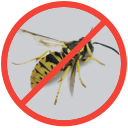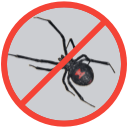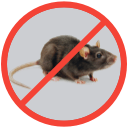Argentine Ants: Complete Identification, Control & Prevention Guide
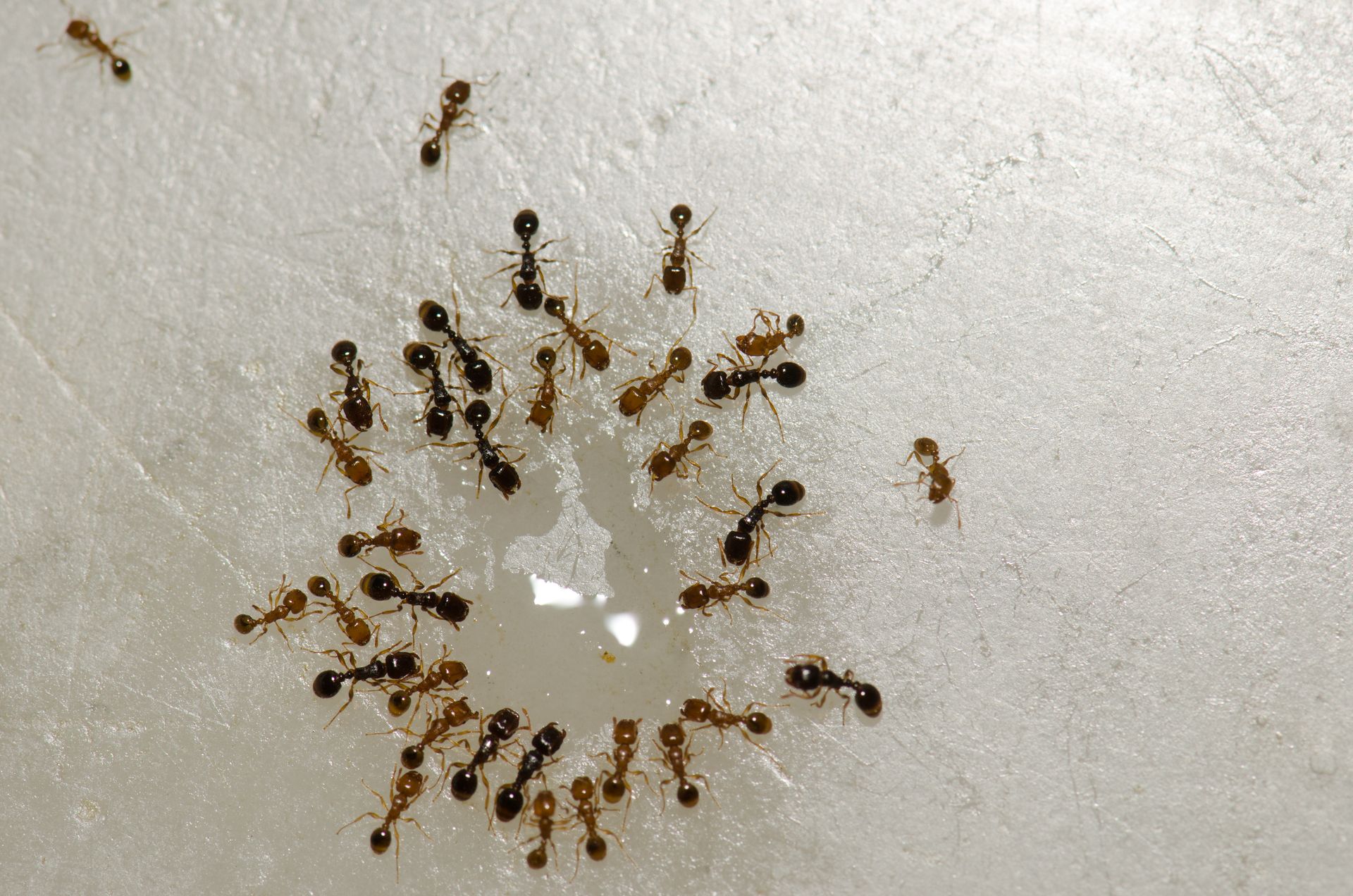
Argentine ants (Linepithema humile) stand among the world's most successful invasive ant species, earning recognition as one of the 100 worst invasive animal species globally. Originally native to northern Argentina, Uruguay, Paraguay, and southern Brazil, these small but formidable insects have established colonies across six continents through human commercial activities since the late 1800s. What makes Argentine ants particularly problematic is their unique ability to form massive supercolonies with multiple queens and interconnected nests that can span vast territories, allowing them to outcompete and displace native ant species while disrupting entire ecosystems. For homeowners, these persistent invaders represent a significant nuisance pest that can establish large populations around properties and frequently invade homes in search of food and water.
Argentine Ants Identification and Physical Characteristics
Worker Argentine ants display consistent sizing characteristics, typically measuring 2.2 to 2.8 millimeters in body length, whereas reproductive queens develop to larger proportions of 4 to 6 millimeters [1]. Their bodies display a consistent light to dark brown coloration with a smooth, shiny appearance that lacks visible hairs on the head and thorax. The most distinguishing physical feature is their single node petiole (the narrow waist section connecting the thorax and abdomen), which sets them apart from other ant species that may have two nodes. These insects possess twelve-jointed antennae with a pronounced angular configuration, and produce a distinct earthy scent when damaged, which serves as a useful diagnostic feature for species verification.
Unlike many ant species, Argentine ants are monomorphic, meaning all workers appear identical without size variations within the colony. Their legs are proportionate to their body size, and they lack stingers, making them incapable of delivering painful stings to humans. The consistent brown coloration extends across their entire body, though mandibles may appear slightly yellowish, and their smooth body surface gives them a somewhat glossy appearance that distinguishes them from hairier ant species commonly found in homes.
Biology and Life Cycle
The species experiences holometabolous development encompassing four sequential phases with thermal environmental factors significantly affecting developmental duration. Eggs hatch after approximately 28 days under optimal conditions, though this can range from 12 to 55 days depending on environmental factors. The complete development from egg to adult worker averages 74 days, with pupae requiring 8 to 25 days to fully develop based on temperature variations [2]. In contrast to typical ant reproductive patterns, Argentine ants bypass aerial mating rituals entirely. Instead, they mate within the birth nest among available nestmates during spring months.
The colony structure of Argentine ants represents one of their most remarkable biological features, as they maintain multiple queens per colony with up to 8 queens per 1,000 workers in established populations. Reproduction occurs through a process called budding, where one or more fertile queens accompanied by workers leave the parent nest to establish new nesting sites nearby. This budding behavior allows colonies to expand rapidly and creates the interconnected network of nests that characterize their supercolony structure. Queens can live for several years and lay up to 60 eggs per day during peak reproductive periods, while workers typically survive for 10 to 12 months under favorable conditions.
Geographic Distribution and Origin
Native to the Paraná River drainage area encompassing northern Argentina, Paraguay, Uruguay, and southern Brazil, Argentine ants were first detected in the United States in Louisiana in 1891, likely introduced through coffee shipments from Brazil. Their establishment in California occurred in 1907 in San Bernardino County, and they have since spread throughout regions with Mediterranean like climates. The species now occupies coastal areas from California to North Carolina and has established populations across the southern United States where temperatures remain suitable for year round survival.
Globally, Argentine ants have colonized every continent except Antarctica, with significant populations in Australia, New Zealand, South Africa, Japan, Hawaii, and various European countries including Spain, France, and Portugal. Their expansion continues to follow patterns of human commerce and transportation, as they readily adapt to urban environments and agricultural landscapes that provide consistent water sources and disturbed habitats. Climate restrictions limit their distribution to areas where mean daily temperatures remain above 45-57°F which prevents establishment in colder northern regions but allowing persistence in heated structures during winter months.
Behavior and Ecology
The supercolony formation behavior of Argentine ants represents a unique ecological phenomenon where multiple nests function as a single cooperative unit across vast geographical areas. This unicolonial behavior eliminates the territorial aggression typically seen between ant colonies, allowing workers from different nests to cooperate seamlessly in foraging and defense activities. Their trail laying capabilities enable them to establish pheromone highways that can stretch for hundreds of meters, with Argentine ant trails often measured at three to four lanes wide to accommodate the massive worker traffic between food sources and nests.
Argentine ants maintain active foraging patterns 24 hours per day, with peak activity occurring during moderate temperatures between 59-86°F. Their dietary preferences shift seasonally, focusing on protein rich foods during reproductive periods in spring and emphasizing carbohydrate sources like honeydew during summer months. These ants demonstrate remarkable opportunistic nesting behavior, establishing shallow colonies in moisture retaining locations such as under mulch, rotted logs, potted plants, and within wall voids or expansion joints. During winter months, multiple colonies often aggregate to form large overwintering supercolonies, while extreme weather events trigger rapid relocation to more suitable microenvironments.
Environmental and Ecological Impact
Argentine ant invasions cause significant ecological disruption through native ant displacement, with studies documenting that invasive populations are able to fight off other species 60% of the time when multiple ant species arrive at food stations, leading to long-term consequences that can result in reduction and local extinction of native species in invaded areas [3]. This displacement extends beyond simple competition, as Argentine ants fundamentally alter ecosystem functions that native ants typically provide, including seed dispersal services that many native plants depend upon for reproduction. The ecological cascade effects include reduced biodiversity among other arthropods and impacts on small vertebrates such as coastal horned lizards, whose populations have declined in southern California due to the displacement of their preferred prey, native harvester ants.
In agricultural systems, Argentine ants create significant economic problems by protecting honeydew producers such as aphids, scales, and mealybugs from their natural enemies. This mutualistic relationship leads to increased pest populations and reduced effectiveness of biological control programs, resulting in higher pesticide use and decreased crop yields. Research in citrus orchards demonstrates that parasitism rates of important pests like California red scale were reduced two to five fold in the presence of Argentine ants [4], illustrating how these invaders compromise integrated pest management strategies and increase agricultural production costs.
Signs of Infestation
Recognizing the early signs of Argentine ant activity can help homeowners take prompt action before colonies become fully established. Here are the key indicators to watch for:
- Well defined foraging trails - Distinct pathways often three to four ants wide that follow structural edges like baseboards, foundation perimeters, and landscape borders, connecting outdoor nests to indoor food and water sources
- Persistent traffic patterns - Continuous ant movement along established routes that homeowners can easily observe, especially during extreme weather conditions when ants seek shelter indoors
- Kitchen and bathroom activity - Increased indoor trail activity in areas with available food residues and water sources, particularly during hot, dry summers or cold winter periods
- Multiple entry points - Evidence of ant access through numerous foundation cracks, door frames, and utility penetrations, indicating the extensive interconnected nest system of Argentine ant colonies
- Seasonal invasion peaks - Noticeable increases in indoor activity during spring reproductive periods and fall preparation activities when colonies are most active
- Small soil piles - Inconspicuous evidence of shallow nest construction through tiny mounds of excavated soil, as Argentine ants don't create the visible mounds typical of other ant species
- Extreme weather responses - Heightened indoor invasion during hot, dry summer conditions or winter cold snaps when ants seek more favorable environmental conditions
Why Argentine Ants Are Difficult to Control
The multiple queen colony structure of Argentine ants makes traditional control methods largely ineffective, as colonies can contain hundreds of reproductive females that ensure population recovery even after significant worker losses. Their extensive territory coverage through interconnected nests means that eliminating visible foraging areas addresses only a small fraction of the total population, while the remaining colony segments continue reproduction and eventually reestablish affected areas. The colony budding process is triggered by stress, including pesticide applications, actually promotes colony expansion rather than elimination, as surviving queens and workers disperse to create new nesting sites throughout the treatment area.
Argentine ants lack natural predators in their introduced ranges, eliminating the biological control mechanisms that typically regulate insect populations in balanced ecosystems. Their resistance to conventional control methods stems from their ability to detect and avoid many chemical treatments, while their vast foraging networks allow them to locate alternative food sources when primary supplies are eliminated. The rapid reproduction rates and worker replacement capabilities mean that population reduction requires sustained control efforts targeting the reproductive individuals rather than just the visible foraging workforce.
Prevention Strategies
Implementing comprehensive prevention measures is essential for keeping Argentine ants away from your property. These strategies target the key factors that attract and sustain ant populations:
- Moisture elimination - Remove all water sources by repairing plumbing leaks, improving foundation drainage, eliminating standing water, and ensuring irrigation systems don't create excessive moisture near structures
- Food source management - Practice thorough sanitation by immediately cleaning spills, storing all food in sealed containers, and properly managing pet food that shouldn't remain accessible overnight
- Entry point sealing - Block access routes by caulking gaps around windows, doors, and utility penetrations to prevent ants from entering the structure
- Landscape modifications - Reduce nesting opportunities by trimming vegetation away from buildings and removing mulch piles and debris that provide harborage sites
- Regular monitoring through visual inspections - Conduct routine property checks to detect early foraging activity before colonies become fully established, enabling more effective intervention strategies
How To Get Rid of Argentine Ants
Professional Treatment Options
Integrated Pest Management approaches provide the most effective long term control by combining multiple strategies that target different aspects of Argentine ant biology and behavior. Professional treatments typically employ liquid ant baiting systems containing slow acting toxicants that allow foraging workers to transport poison back to nests where it affects queens and developing brood. Non repellent insecticides applied as perimeter treatments create undetectable barrier zones that eliminate workers as they cross treated areas without causing behavioral changes that might trigger colony budding responses.
Professional monitoring systems establish baseline population assessments and track treatment effectiveness through systematic inspection protocols and threshold based intervention strategies. These comprehensive programs often require 3 to 6 months of sustained treatment to achieve significant population reduction, as the multiple queen colony structure necessitates elimination of reproductive individuals rather than just visible workers.
DIY Treatment Approaches
Homeowner treatment efforts should focus on proper bait selection and placement, using both sugar based and protein based formulations to address seasonal dietary preferences and ensure broad appeal across different colony segments. Bait placement must follow observed foraging trails and be positioned in areas protected from weather and non-target organisms while remaining accessible to worker ants. Timing considerations are crucial, as bait acceptance varies with colony nutritional needs and environmental conditions, requiring patience and consistent monitoring to achieve effective results.
Homeowners must avoid using repellent sprays or contact insecticides that kill foraging workers immediately, as these approaches prevent bait transport to nests and often trigger defensive budding responses that worsen infestations. Success requires understanding that visible results may take several weeks as toxicants move through the colony social structure, and multiple bait stations may be necessary to accommodate the extensive foraging territories of Argentine ant supercolonies.
Natural and Alternative Methods
Natural control methods demonstrate limited effectiveness against established Argentine ant populations due to the scale and complexity of their colony systems, though some approaches may provide temporary reduction in foraging activity. Essential oils and botanical repellents can create short term deterrent effects in specific areas but lack the systematic impact necessary to address entire colony networks. Physical barriers such as diatomaceous earth may eliminate individual workers but cannot penetrate nest systems or affect reproductive populations.
Environmental modifications offer more sustainable approaches by making properties less suitable for colony establishment, including xerophytic landscaping that reduces moisture availability and removal of organic debris that provides nesting opportunities. These methods work best as prevention strategies rather than treatment for existing infestations, requiring combination with other control approaches for comprehensive management.
Seasonal Management Considerations
- Spring management focuses on protein based baiting strategies during peak reproductive activity when colonies prioritize brood development and queen production.
- Summer approaches emphasize carbohydrate focused treatments and moisture management as ants seek sugar sources and water during hot weather periods.
- Fall interventions target preparation behaviors as colonies begin aggregation activities for winter survival.
- Winter control efforts focus on indoor prevention and elimination of overwintering sites.
Seasonal ant activity affects treatment success rates significantly, as Argentine ant activity levels and dietary preferences change throughout the year in response to reproductive cycles and environmental conditions. Professional treatment programs adjust strategies quarterly to maintain effectiveness against shifting colony behaviors and population dynamics.
When to Call Pest Control Professionals
Professional intervention becomes necessary when DIY methods fail to achieve significant population reduction after 4 to 6 weeks of consistent application, indicating that the infestation extent exceeds homeowner control capabilities. Signs requiring professional assessment include observing multiple trail systems, discovering indoor nesting sites, or finding evidence of satellite colonies throughout the property that suggest extensive supercolony establishment. Managing Argentine ant infestations requires advanced understanding of their intricate biological systems and access to commercial-grade intervention products due to their notable resilience against standard pest management approaches.
Professional pest control services provide access to advanced treatment formulations, specialized application equipment, and integrated management strategies that address both immediate populations and long term prevention requirements. Experienced technicians can accurately assess colony extent, identify critical nesting areas, and develop customized treatment protocols that account for property specific conditions and environmental factors affecting treatment success.
Contact EcoGuard Pest Management if You Are Dealing with Argentine Ants
If you're dealing with persistent Argentine ant problems that resist conventional control efforts, professional assistance can provide the specialized expertise needed to manage these challenging invasive insects effectively. EcoGuard Pest Management offers comprehensive Argentine ant control services that combine advanced treatment technologies with integrated management approaches designed to address both immediate infestations and long term prevention strategies. Skilled pest management specialists possess comprehensive knowledge of Argentine ant ecological patterns and social organization, allowing for the creation of tailored intervention strategies that address their distinctive multi-colony networks and breeding mechanisms to achieve sustainable population suppression. Don't let Argentine ants establish permanent residence on your property – contact EcoGuard Pest Management today for professional evaluation and treatment solutions that restore your home's comfort and protection from these persistent invasive pests.
FAQ Section
What do Argentine ants look like and how can I identify them?
Argentine ants are small, light to dark brown insects measuring 2.2-2.8mm in length with a smooth, shiny appearance and single node petiole. They have 12 segmented, elbowed antennae and emit a musty odor when crushed. Unlike many ant species, they lack visible body hairs and cannot sting.
Why are Argentine ants so hard to control?
Argentine ants form supercolonies with multiple queens (up to 8 per 1,000 workers) and interconnected nests spanning vast territories. Their budding behavior when stressed by pesticides actually promotes colony expansion, and they lack natural predators in introduced ranges, making conventional control methods largely ineffective.
What attracts Argentine ants to my home?
These ants are primarily attracted to moisture sources and food availability. They seek consistent water from leaks, irrigation, or humid conditions, while food sources include sweet substances, honeydew from garden pests, pet food, and household spills, especially during hot, dry weather when they move indoors.
Are Argentine ants dangerous to humans or pets?
These invasive insects pose no immediate physical threat to humans through aggressive defensive behaviors or venomous attacks. However, they can contaminate food, create unsightly trails, and their large population numbers can become overwhelming during indoor invasions. They may also indirectly harm gardens by protecting pest insects like aphids.
Do Argentine ants bite or sting?
Argentine ants cannot sting and rarely bite humans. In contrast to more aggressive ant species such as fire ants or harvester varieties, Argentine ants possess neither defensive stinging apparatus nor sufficiently powerful jaw structures to inflict discomfort through biting. Their primary threat is as a nuisance pest rather than a direct physical danger.
What's the difference between Argentine ants and other ant species?
Argentine ants are distinguished by their single node petiole, uniform brown coloration, lack of body hairs, inability to sting, and their characteristic musty odor when crushed. They also form supercolonies rather than competing territories like most other ant species.
How do Argentine ants form super colonies?
Argentine ants exhibit unicolonial behavior where multiple nests cooperate as a single unit without territorial aggression between neighboring colonies. This occurs through budding reproduction where queens and workers establish new interconnected nests, creating vast cooperative networks spanning multiple properties.
What time of year are Argentine ants most active?
Argentine ants remain active year round in suitable climates but show peak activity during spring reproductive periods and fall preparation phases. Indoor invasions typically increase during extreme weather conditions, like hot, dry summers or cold winter periods when they seek shelter and consistent environmental conditions.
Can Argentine ants damage my property?
While Argentine ants don't cause structural damage like carpenter ants, they can create household ant problems by protecting garden pests that damage plants, contaminating food storage areas, and creating persistent trails throughout homes. Their large populations can also interfere with outdoor activities and landscape maintenance.
How long does it take to eliminate an Argentine ant colony?
Professional ant elimination methods used for Argentine ant colonies typically requires 3 to 6 months of sustained treatment due to their multiple queen structure and extensive territory coverage. DIY methods may provide temporary reduction but rarely achieve complete elimination of established supercolonies without professional intervention.


